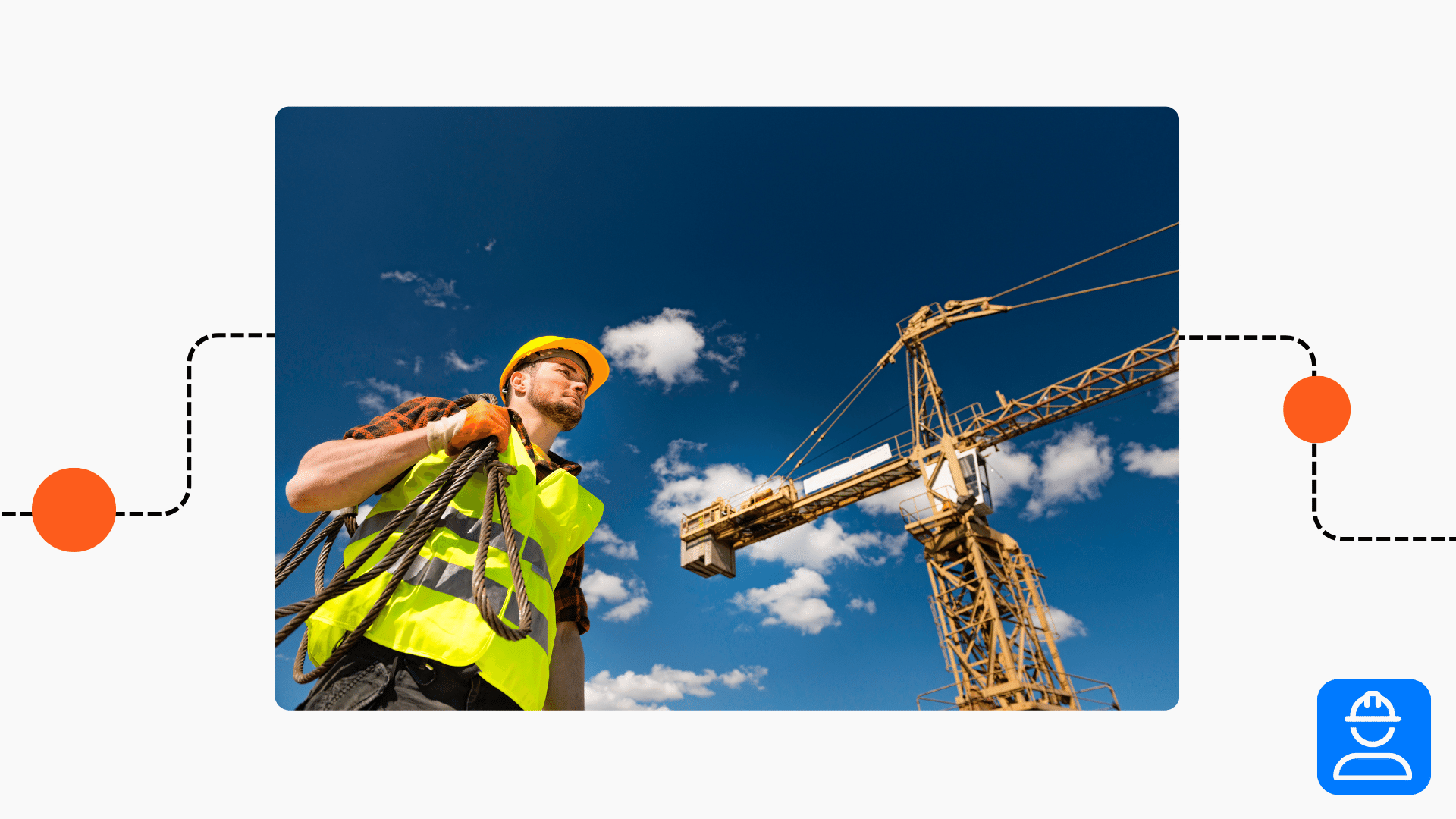Oftentimes, incidents happen because someone wasn’t paying attention to their surroundings. Regardless of industry, workers need to understand the importance of maintaining constant awareness of the equipment, people, and environment around them. This situational awareness toolbox talk is a great resource for discussing personal safety in the workplace.
Situational awareness toolbox talk overview
This situational awareness toolbox talk deals with these main topics:
- Definition of situational awareness
- Why is situational awareness important?
- Tips for maintaining awareness
Incidents are less likely to happen when everyone’s alert and focused. Practicing personal safety is key for protecting both yourself and others around you.
What is situational awareness in the workplace?
Situational awareness is the practice of understanding and actively responding to your environment. This practice involves engaging your senses, analyzing the variables within your work area, and moving through it intentionally.
Importance of situational awareness
Each person is responsible for their own safety. And if you don’t pay attention to where you’re going and what you’re doing, then you’re more likely to get hurt or hurt someone else. Practicing situational awareness is important because it:
- Allows you to notice safety hazards and avoid, control, or eliminate them
- Prevents incidents that cause injuries, property damage, and more
- Leads to better decision making
- Reduces process errors that cause quality defects or major safety issues
- Encourages effective communication between coworkers
Learning to stay alert and focused is a skill that applies to all areas of life, not just work. Once you master this concept, you’ll be better equipped to adapt to your environment regardless of where you are.
How to have situational awareness
You’d be surprised at how many workplace accidents are due to a lack of situational awareness. While practicing awareness is straightforward, maintaining it is not. Here are some tips for having situational awareness throughout your entire shift.
- Scan the work area when you first arrive and check for potential hazards
- Keep distractions like phones and headphones tucked away
- Make note of any hazards that require consistent oversight and control
- Always know where the entry and exit points are located
- Inspect equipment (PPE, machinery, tools, etc.) before using it
- Anticipate changing conditions that might affect your safety
- Observe the behavior of other people in the work area and stay alert for changes
If you follow these tips, you’ll have an easier time staying alert and present throughout your shift. Remember, situational awareness goes beyond personal safety. It requires you to observe changing workplace conditions that affect the safety of the entire workspace. By observing these variables, you can make adjustments that keep yourself and your coworkers safe.



